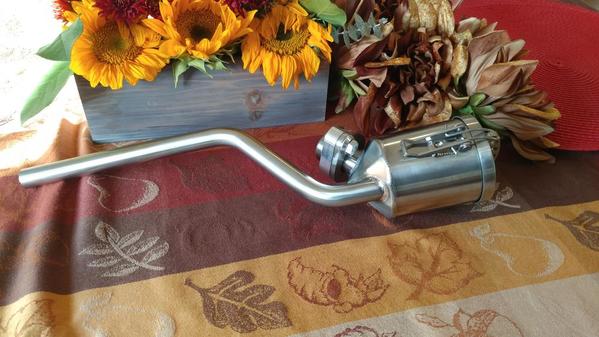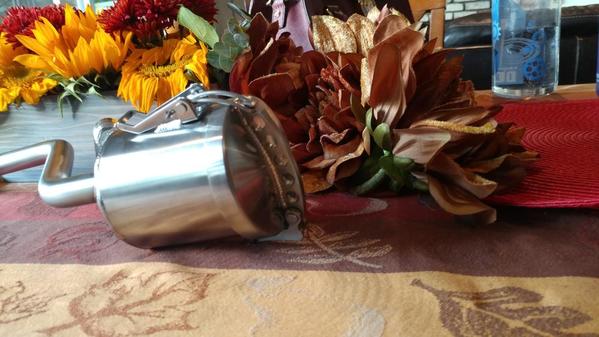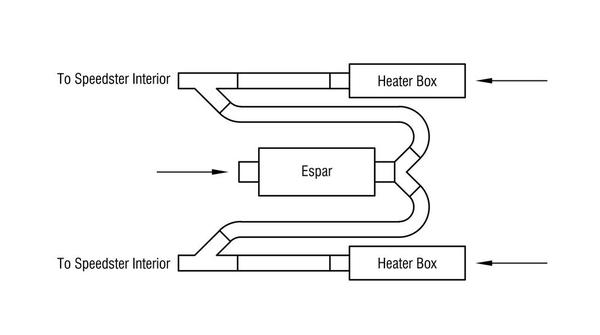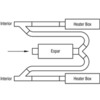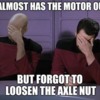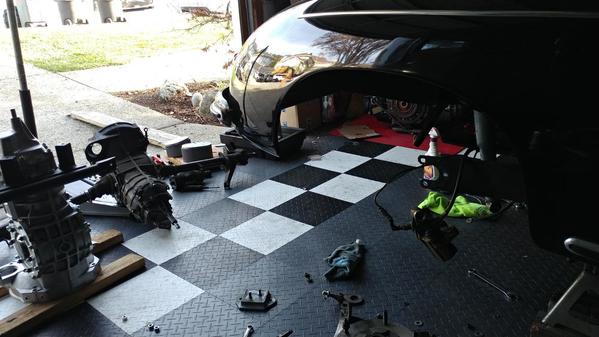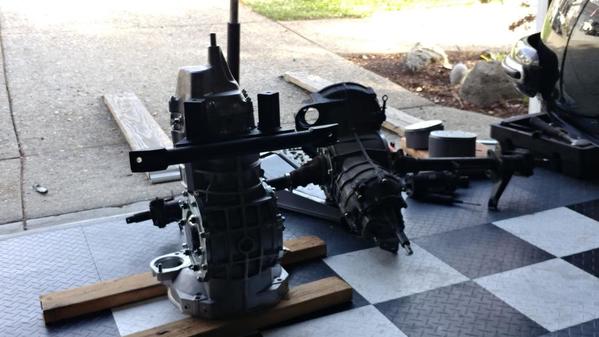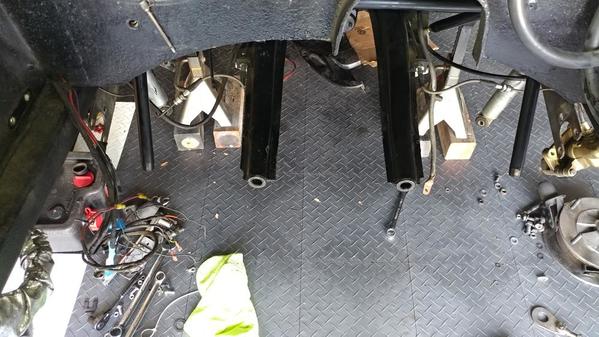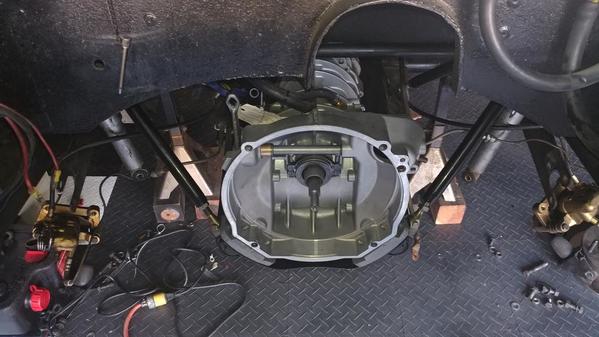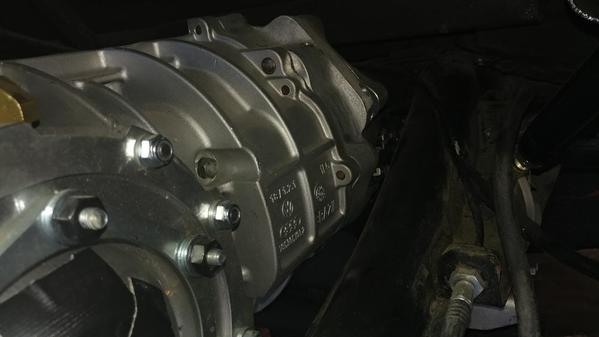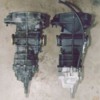Yes, there are several "safety controls" on gas/diesel heaters - that's a good thing. Typically, they have an overheat sensor on the output side that has a set range (mine is around 300º). If you go above that upper limit it will either stop fuel flow or stop the heater completely, depending on model. My overheat sensor shorts to ground and blows a 2-amp fuse, stopping everything til I change the fuse. Do that once and you'll make sure you know why it blew!
In Stan's case, if you were to use a duct (clothes dryer vent hose is fine, if it fits) to move the input to somewhere else (like input from the frunk or farther away from the outlet vents) I think it would be fine, or maybe duct the output to farther away. I'm pulling in from the the area right behind the driver's horn grill and outputting under the dash with a couple of aim-able outlets (2-1/2" 45º PVC fittings) that are roughly aimed at one's knees. It might be interesting to know where @Jack Crosby has his heater inlet and outlet in his car. His heater is in the nose, similar to mine, but his is a recirculating system more like Stan's, so it has to deal with long ducts on both sides, too.
On my heater and measuring with an IR thermometer, with 38º at the inlet and after a good warm-up, I'm getting about 180º at the outlet - probably cooler than your heater, Stan, but I'm running it on "low" since I didn't want to deal with things being too hot. I may bump it up a bit before the season is over.....I'm still playing with it.


